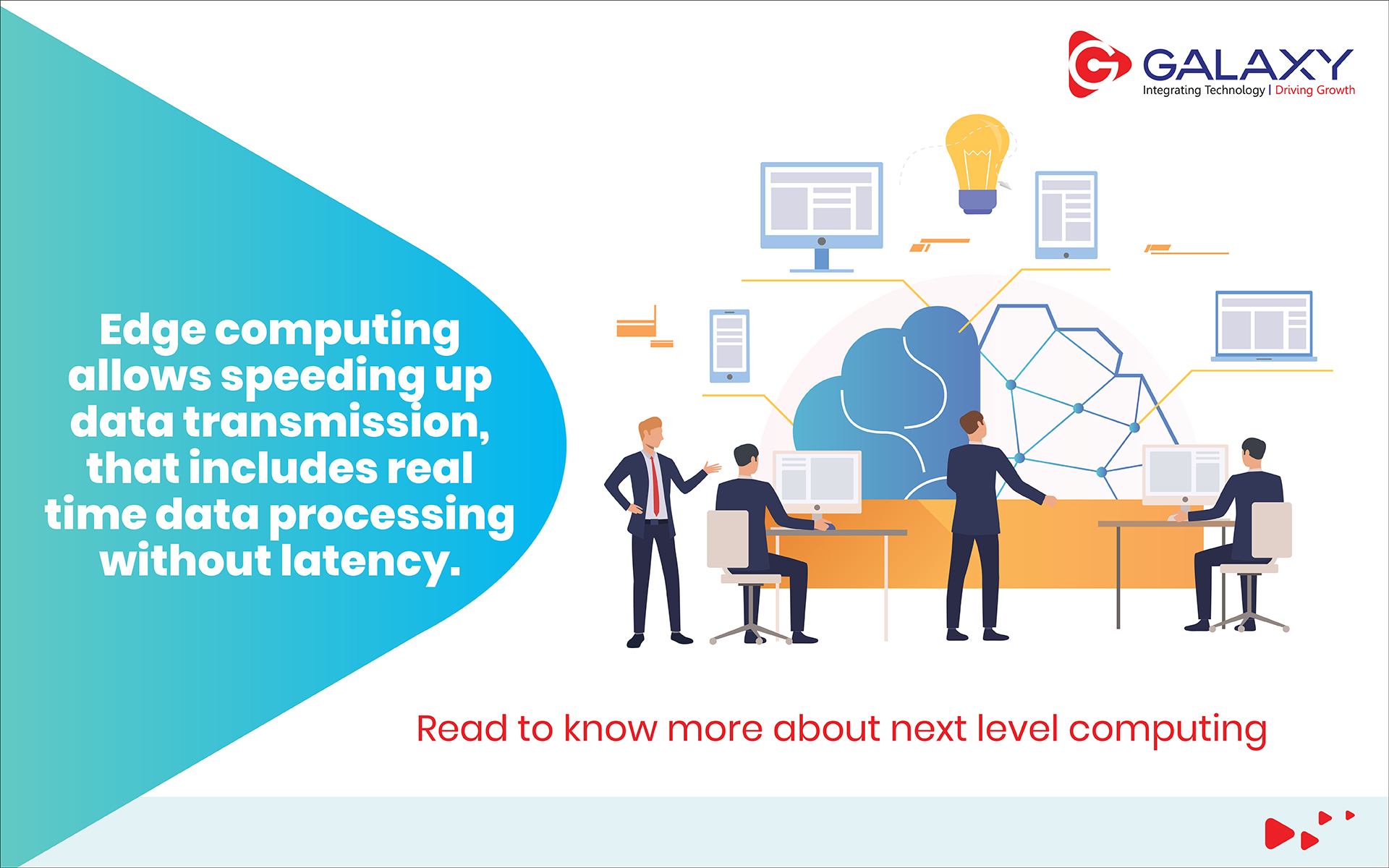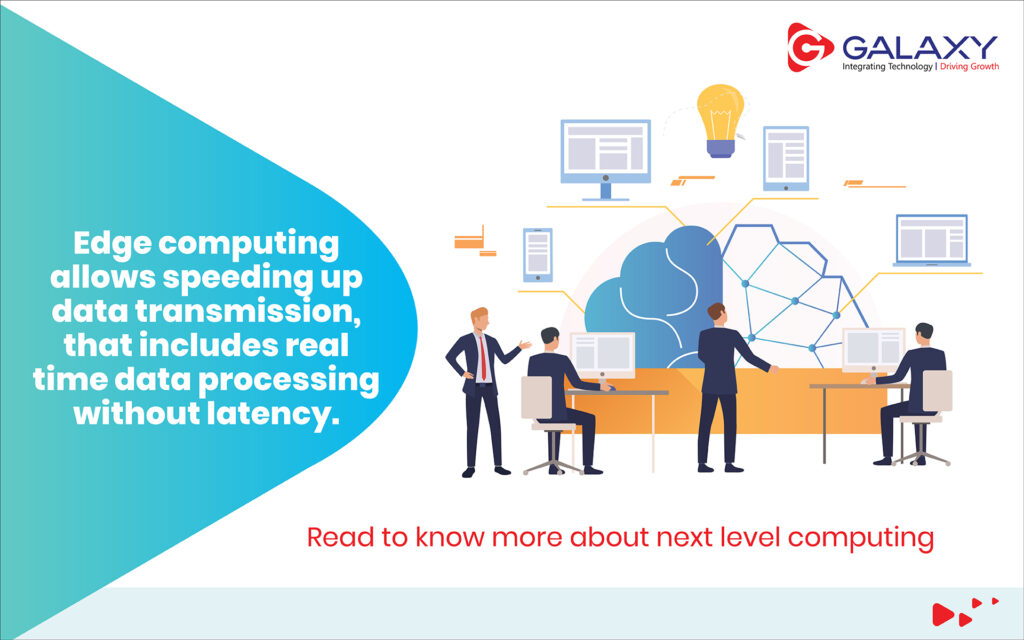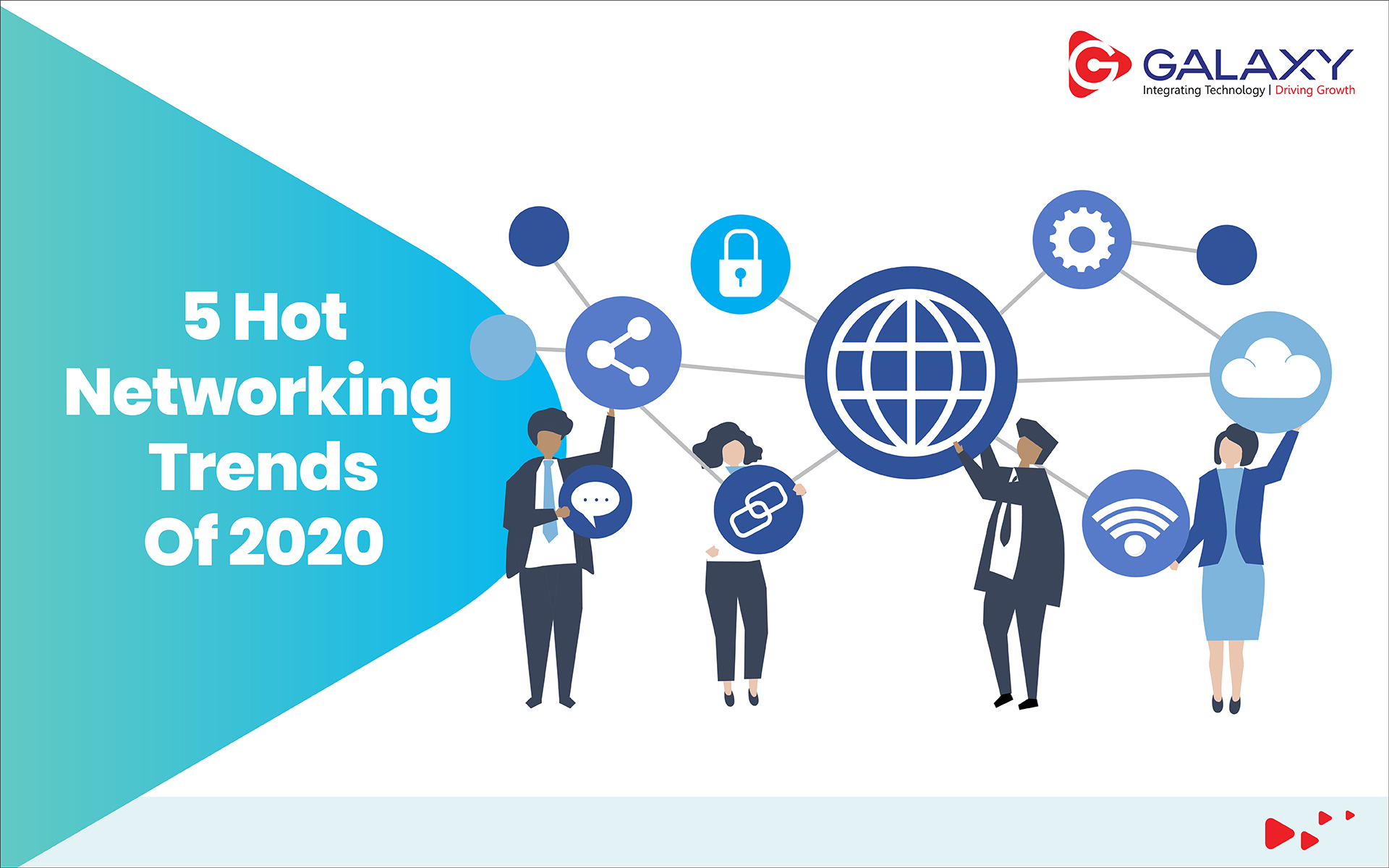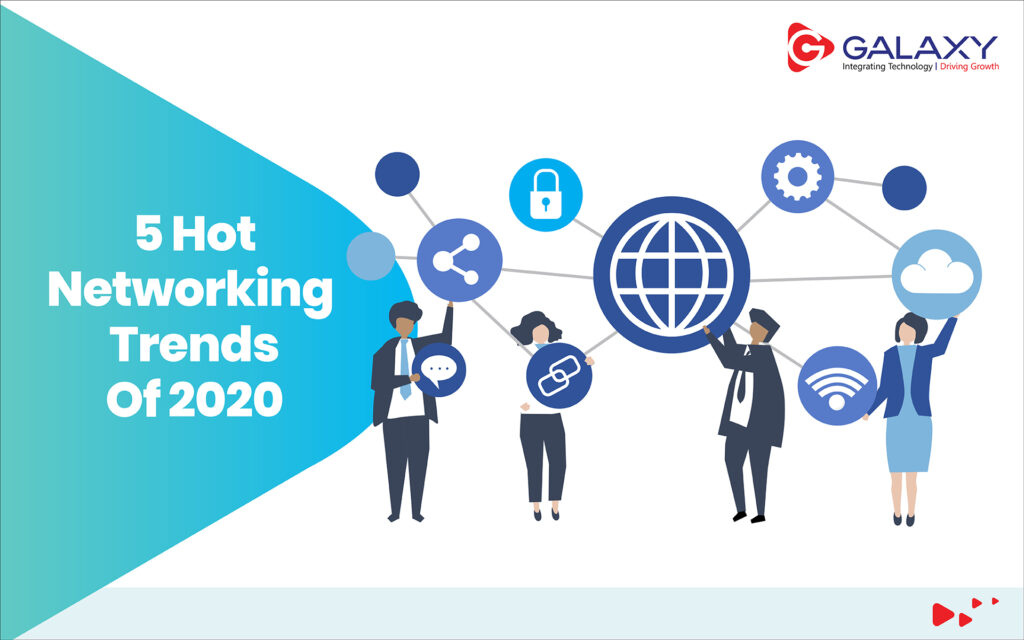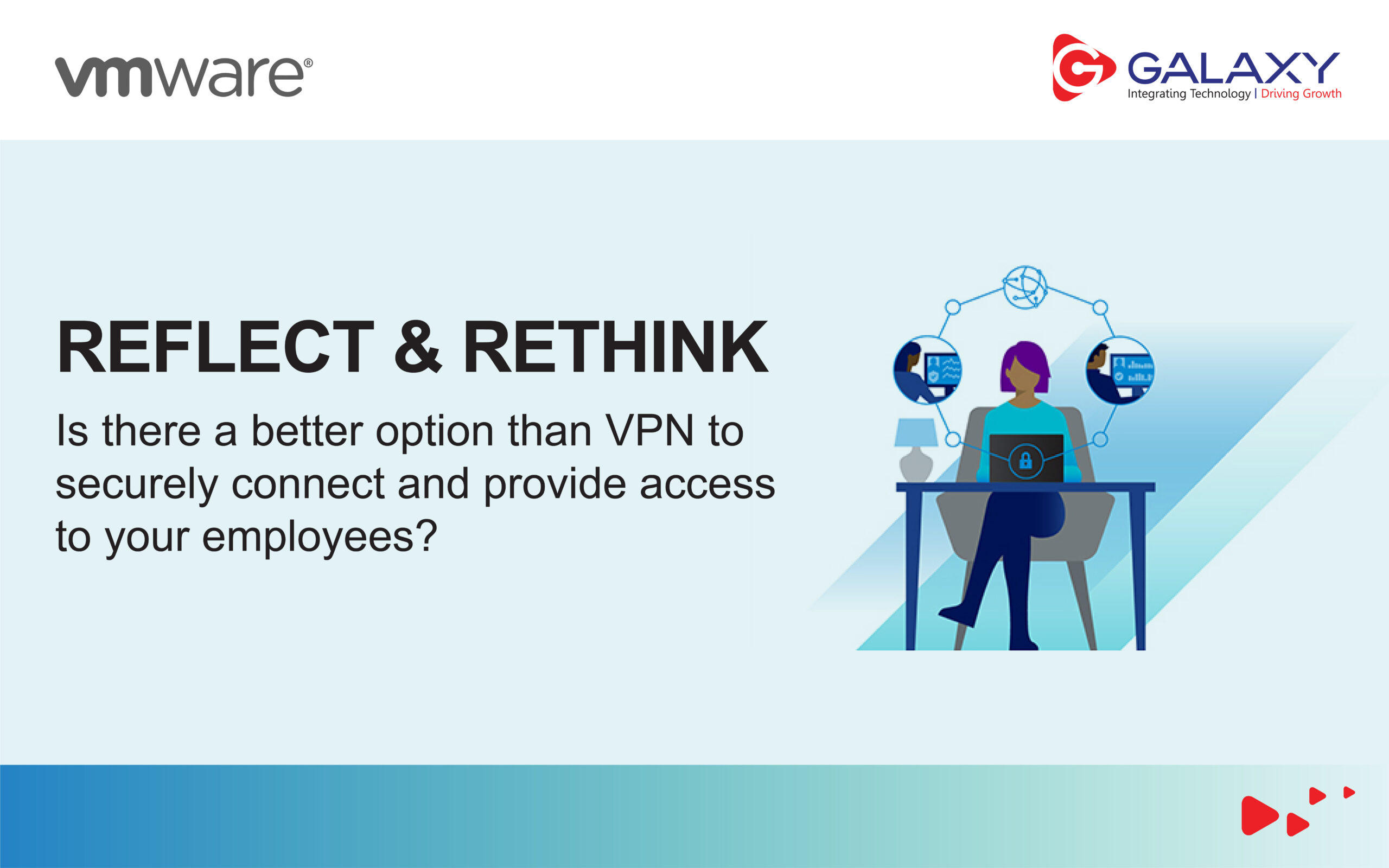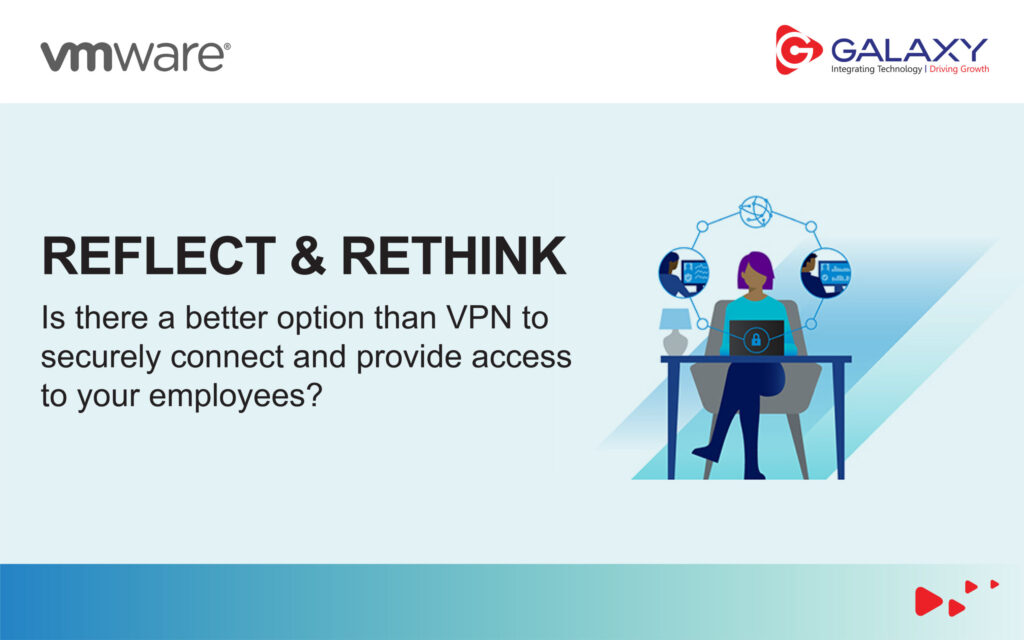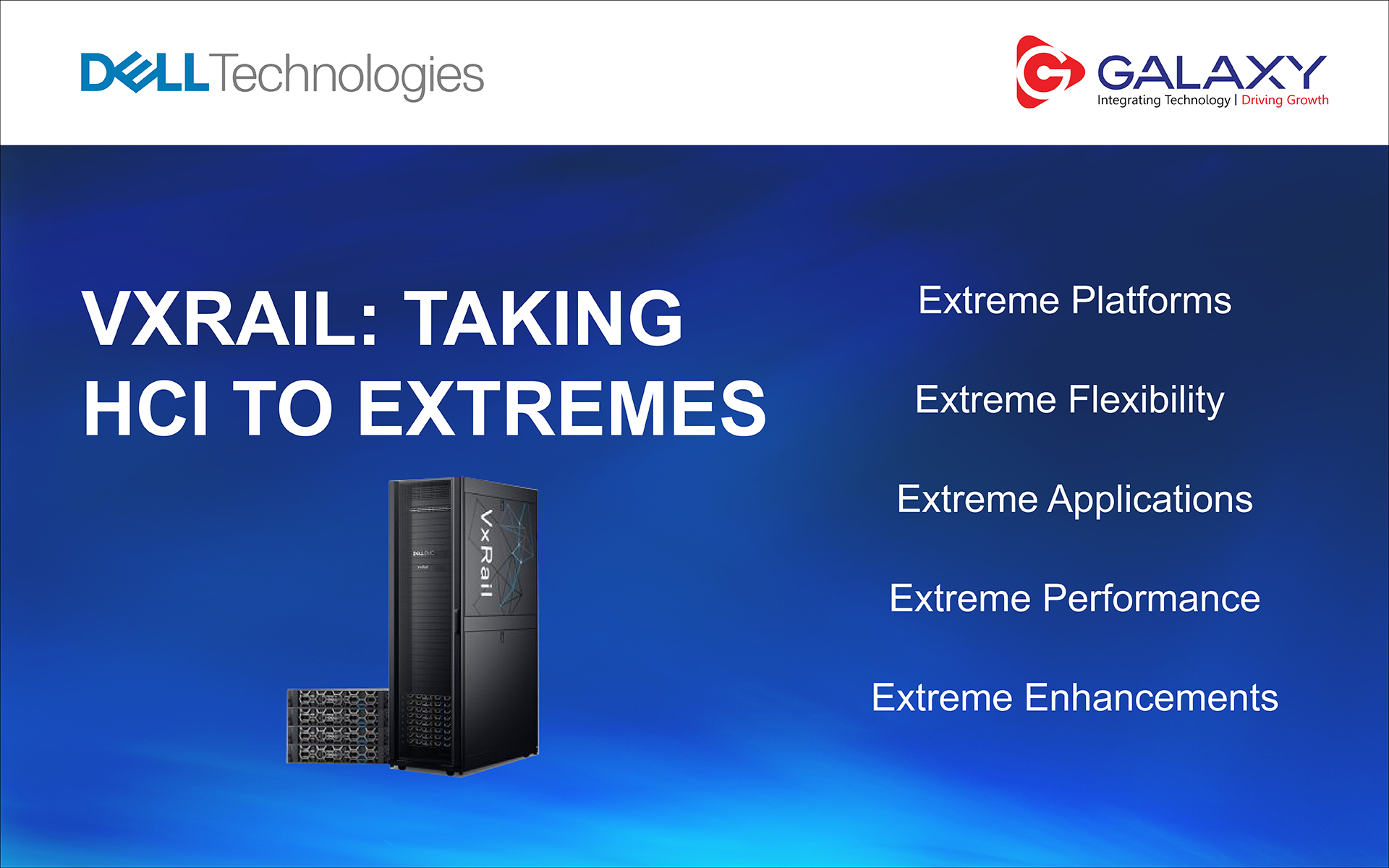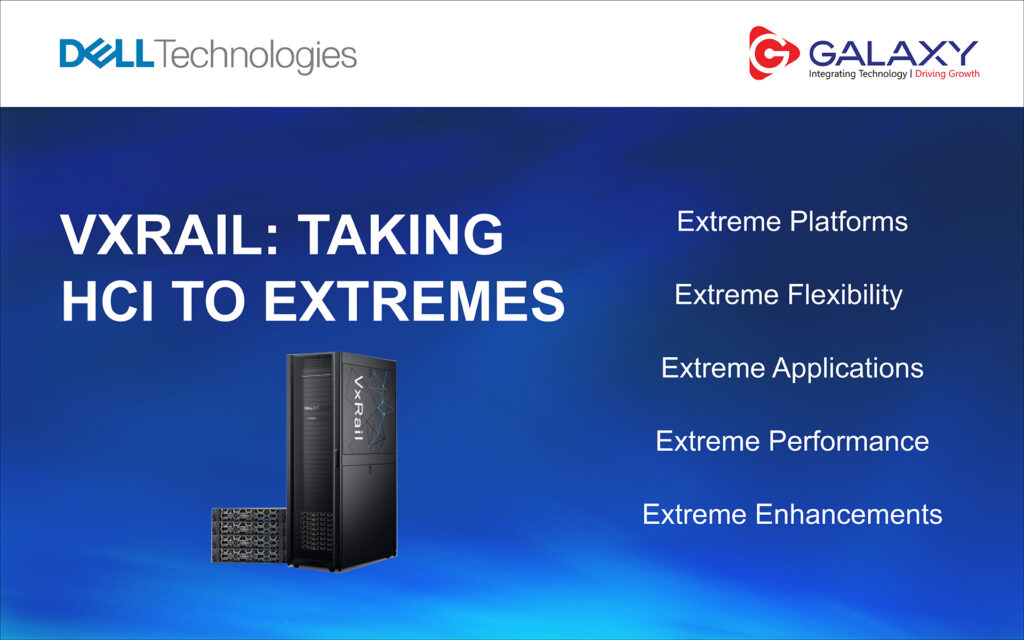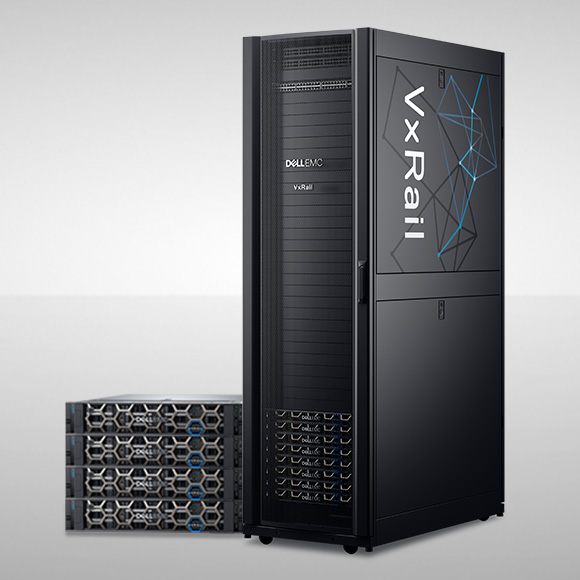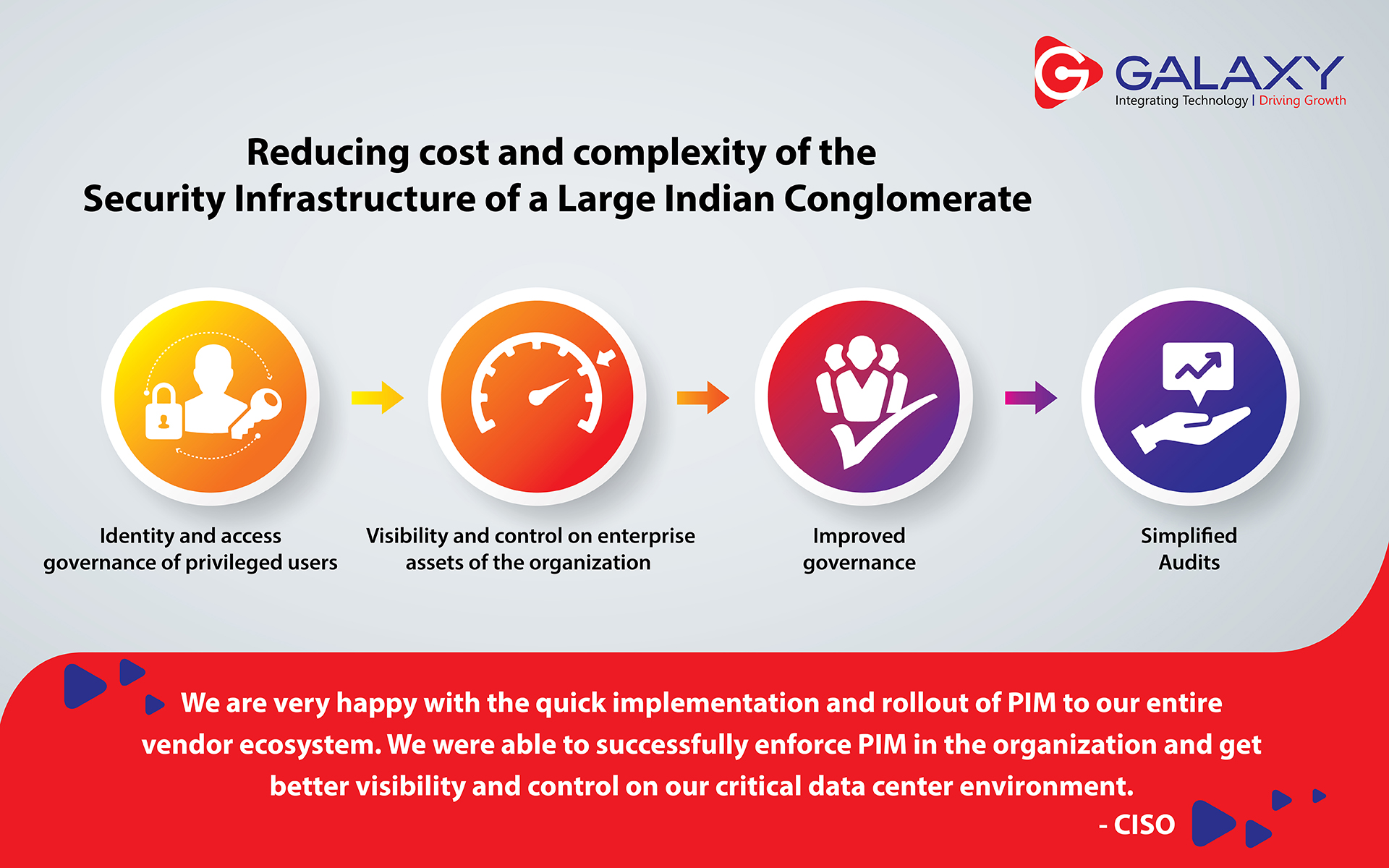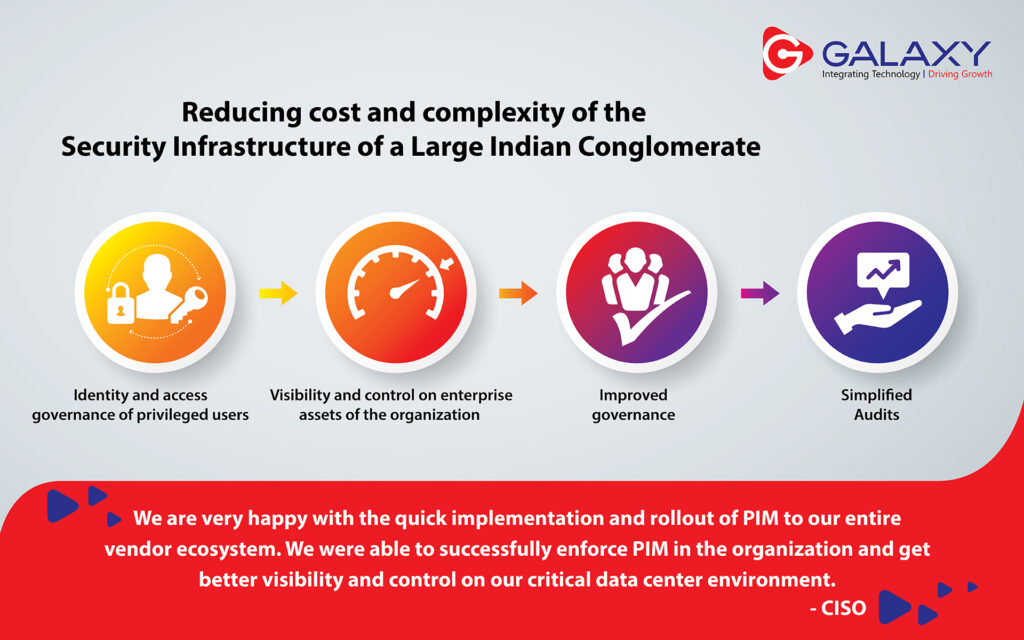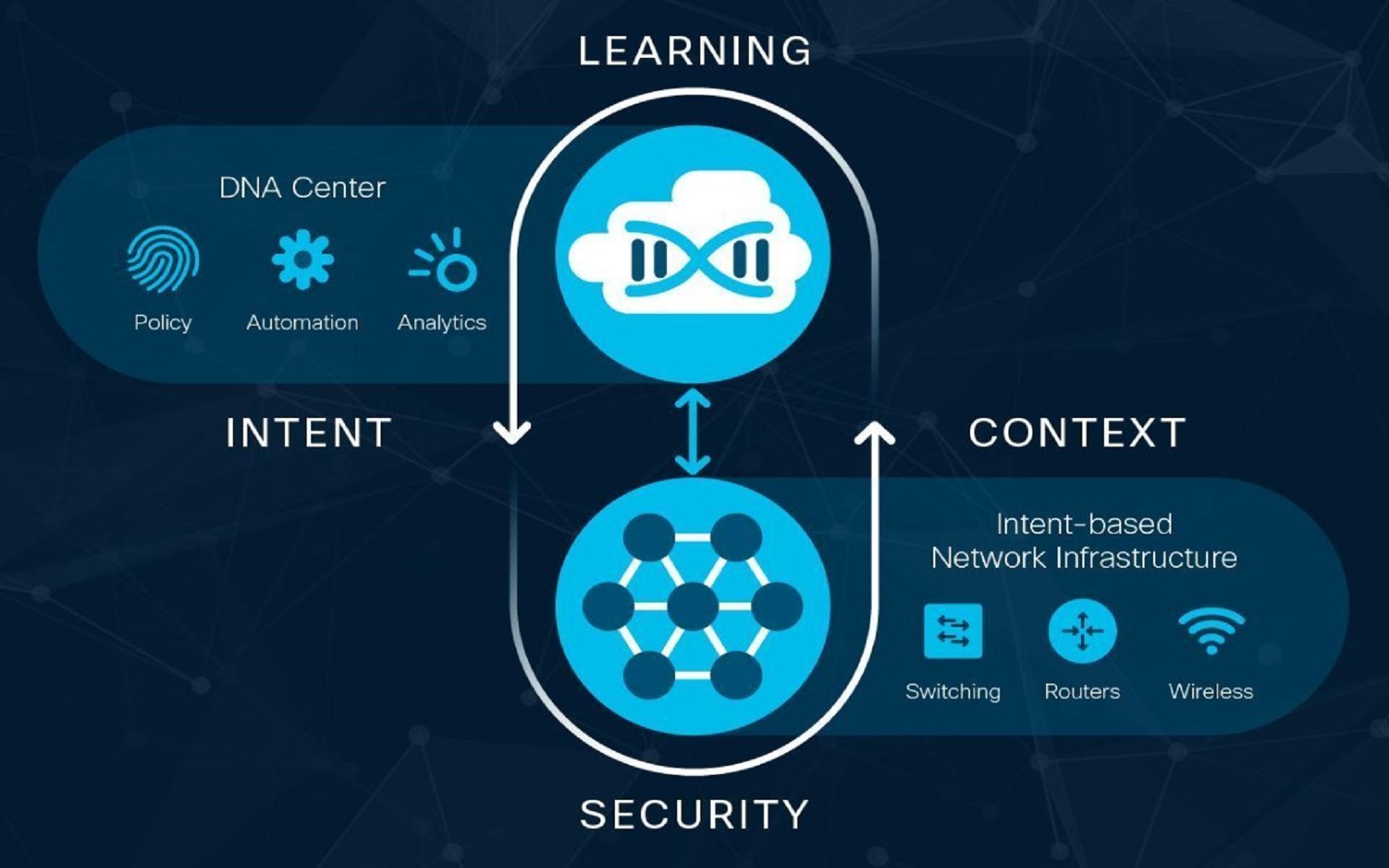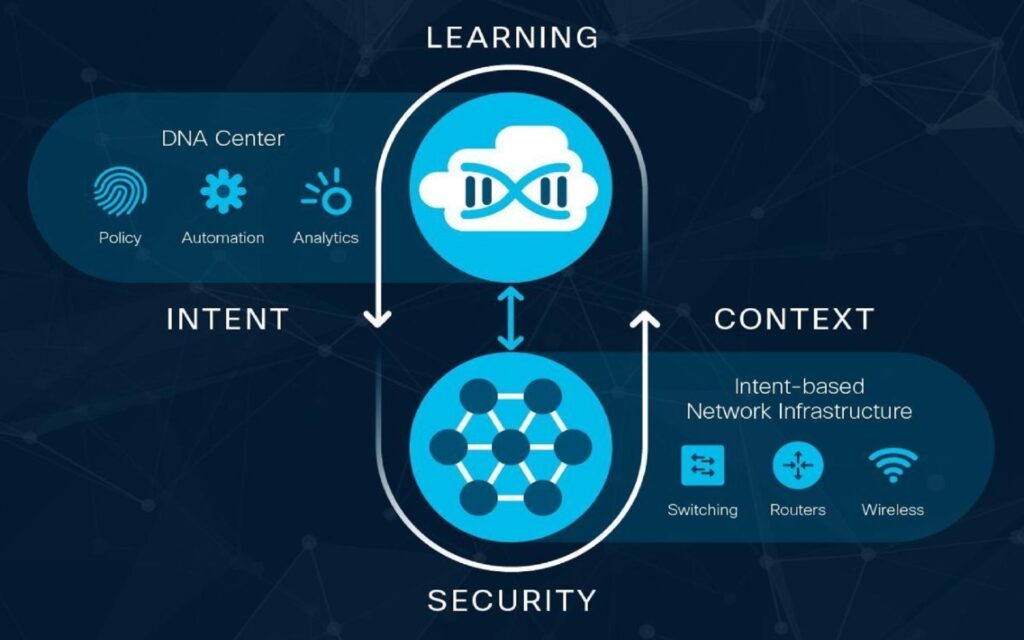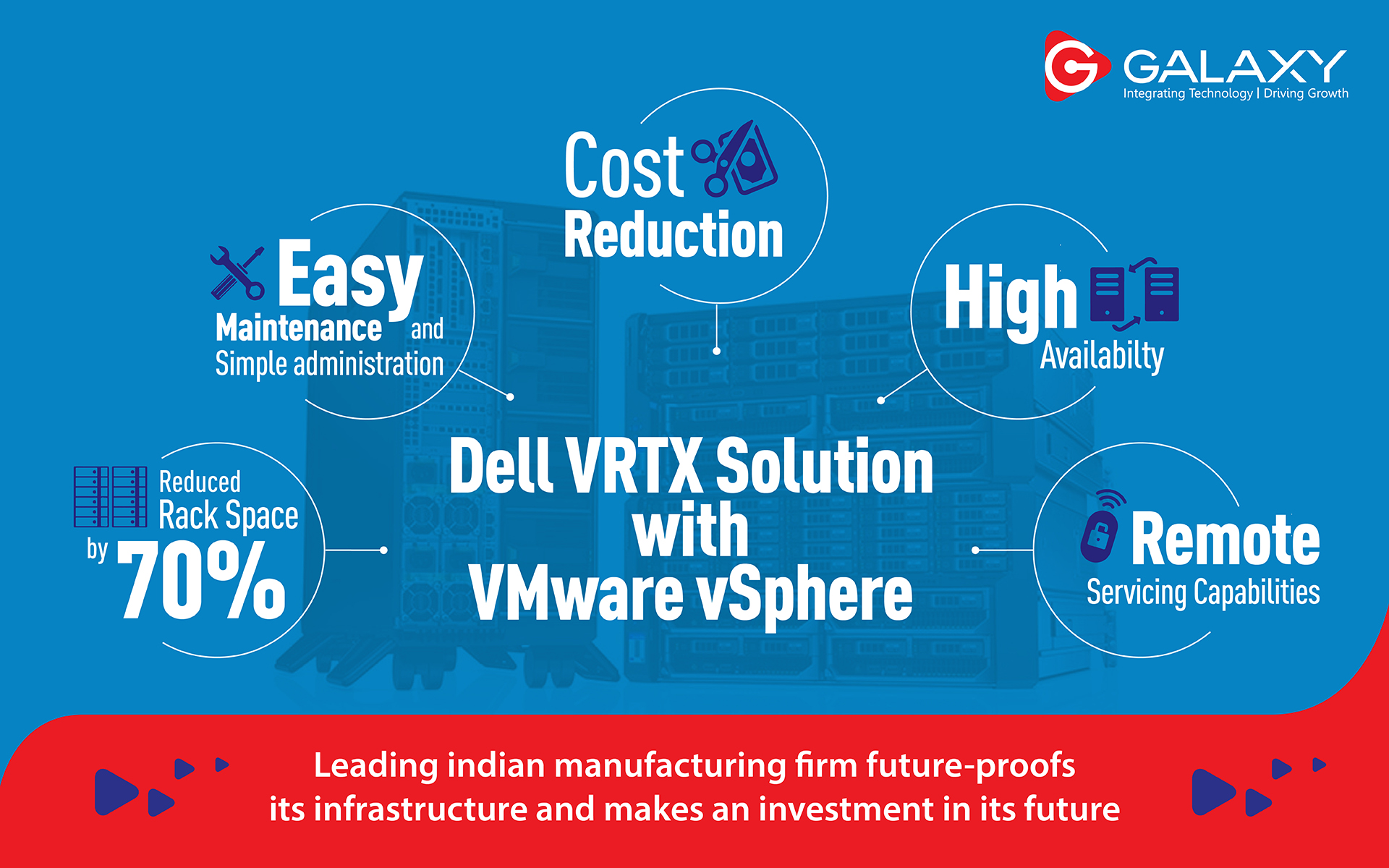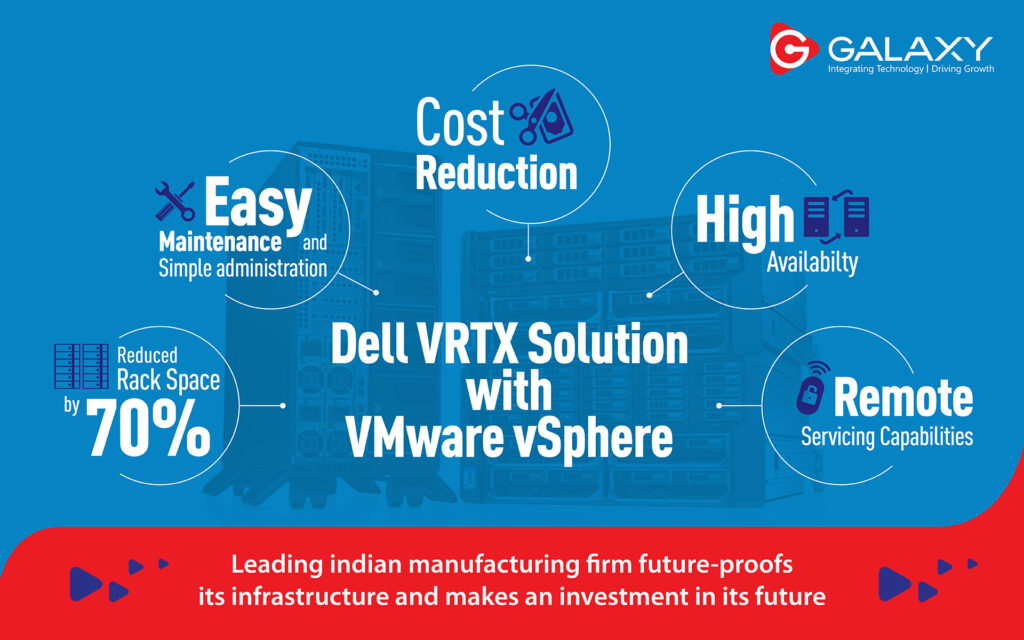
Dell’s 2021 Server Trends & Observations
A summary of the top enterprise trends to look forward to in 2021.
With the start of a new year, we can say goodbye to the tumultuous and challenging 2020 – a year that brought about monumental changes in our industry through acquisitions, technology introductions, and of course, a shift to remote work force. No one could have predicted all the changes that happened last year, but now we have an opportunity to look back on how the server trends and technologies detailed by us last year impacted our industry. And as we have done for the past several years, we want to continue our tradition in Dell’s Infrastructure CTO group of highlighting some of the most interesting technology and industry trends we expect to see impacting our server incubation and product efforts this year. These trends were compiled by polling our senior technologists in the server organization, who are looking at the most impactful influences to their workstreams.
When the technologists provided their inputs, the underlying theme that emerged was the desire to life cycle data – curate, transport, analyze and preserve data – in the most effective and secure means, while producing the most efficient business outcomes from the infrastructure. Since the generation of data has continued to increase, customers are looking for ways to leverage third-party services in an integrated offering to allow them to understand how to more quickly analyze and value the right data in the most cost-effective and secure manner. This paradigm has also forced owners of the IT equipment that performs these analyses to ensure they are using the most effective technology integrations. These integrations need to be managed with the minimal amount of operational expenses across a continuum of Edge, Core and Cloud architectures. Finally, 2020 created another challenge to carry forward, which is the ability to adopt new technologies with more remote staff and remote users stressing the infrastructure in means and methods not expected this early in most digital transformation plans.
So, with that introduction, let us provide you the Top Trends for 2021 that are influencing our server technology efforts and product offerings:
- aaS becomes the Enterprise theme. As technology velocity continues to rise, enterprise customers deal with constrained budgets and legacy skillsets while still needing to focus on differentiated business outcomes with the most beneficial price/performance and least amount of bring up and maintenance overhead. The options for on-prem Infrastructure aaS offerings allow customers to be nimble and focus on their business value through diverse deployments while maintaining their data security and governance with trusted infrastructure.
- Server Growth is Building Vertically. As customers look for the most efficient outcomes from their infrastructure, the industry will continue to see more verticalization and specialization of offerings. Integrated solutions will address packaging and environmental considerations; SW ecosystem enablement and domain-specific accelerators address unique performance and feature requirements that are optimized for specific business outcomes.
- More Data, More Smarts. The challenges with data velocity, volume and volatility continue and require the continuance of AI/ML adoption for analytics while an increased focus on solving data life cycling challenges arises. The integration of data curation models, transport methods, preservation and security architectures with faster analysis will all be key to support and monetize the Internet of Behaviors.
- The Emergence of the Self-Driving Server. Customers will start seeing the use of telemetry, analytics, and policies to achieve higher levels of automation in their systems management infrastructure. Similar to the driver-assist/autonomy levels of autonomous vehicles, AI Ops capabilities with systems management will usher in the era of moving automated tasks to automated decisions, with implementations showing up in addressing runaway system power and policy advising recommendation engines.
- Goodbye, SW Defined. Hello, SW Defined with HW Offload. Application architectures are evolving to create control plane and data plane separation. Control planes stays as a software layer and the data planes move to programmable hardware in the form of service processor add-in-cards which allow bare-metal and containerized applications to run with disaggregated infrastructure software (network virtualization, storage virtualization, GPU virtualization, security services), creating Intent-Based Computing for customer workloads.
- 5G is Here! Seriously, it is this year. After several years of hype and promises, we will see the proliferation of 5G and with it will come shifts in paradigms around communication infrastructure, remote management models and connectivity that impact server form-factors and features. As businesses develop more edge infrastructure to handle the generation and influx of data, 5G will create the need for customers to reevaluate their edge connectivity and infrastructure management offerings to take advantage of 5G capabilities.
- Rethinking Memory and Storage to be Data Centric. The industry is moving from Compute-Centric Architectures to Data-Centric Architectures and that transition is driving new server-connected memory and storage models for IT. Technologies around persistent, encrypted and tiered memory inside the server along with remotely accessed SCM and NVMe oF data through new industry fabric standards are creating innovative IT architectures for optimal data security, scaling and preservation.
- Adopting new Server technology while Being Remote. The world has changed, and businesses have been forced to not just map a digital transformation but realize it to operate. Companies dealing with faster digital transitions of tools, processes and infrastructure need to operate with a remote work force. This transition is forcing companies to evaluate new server technologies and assess resource requirements which will emphasize the necessity to utilize server capabilities around debug, telemetry and analytics in a remote fashion to keep business continuity going forward.
- It’s not a CPU Competition, it’s a Recipe Bake-off. The processor landscape is changing, and it is becoming an environment of acquisitions, specializations and vendor differentiated integrations. We see Intel, AMD and Nvidia all making acquisitions to provide each with CPUs, DPUs and Accelerators in their portfolio. The real winner will be able to leverage their portfolio of silicon products and software libraries to form recipes of integrated offerings for targeted workloads to help end-customers optimize business outcomes.
- Measure your IT Trust Index. Security around server access and data protection has never been more challenging, so customers need to be able to quantify their security confidence in order to gauge infrastructure trustworthiness and identify digital risks. Customers need to analyze product origins and features, new security technologies and segment-specific digital threats in the backdrop of the increasing regulatory landscape to formulate their measurement of IT trust from the Edge to Core to Cloud.
Author: Stephen Rousset, Dell ISG Technology and Innovation Office
Source: https://www.delltechnologies.com/en-us/blog/dells-2021-server-trends-observations/
FOR A FREE CONSULTATION, PLEASE CONTACT US.




